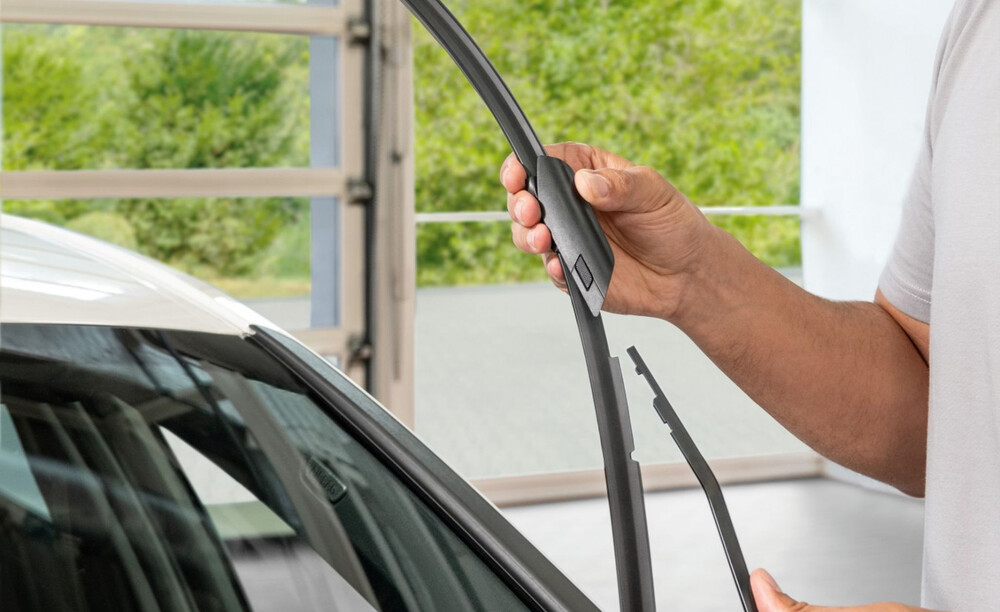If windshield wipers could talk
It's a tram ride that's at the origin of an invention that we nowadays see on all cars: the windshield wiper. And it was a woman who had the idea. Years later, the windshield wiper was at the heart of a legal battle.
In 1902 in New York, Mary Anderson noticed that the driver of her New York tram was having difficulty seeing through the front window as it made its trajectory the middle of a winter downpour. He actually had to stick his head out of the window, in the cold and wet, in order to be able to carry on moving forward. Most probably, Anderson told herself that something had to be done to help the poor guy. In November 1903, she filed a patent for the manual windshield wiper to be operated from the passenger compartment: a small strip of rubber on a wooden support, connected to a lever near the driver. However, humanity had to wait until the 1920s to see the accessory in action. Why? Because Mary Anderson's patent was valid for 17 years.
Patent violated
Manufacturers waited... It was Cadillac that released the first brand in 1922. The American manufacturer also took the opportunity to motorize the windshield wiper which was initially another feminine invention, by Charlotte Bridgwood, that was registered in 1917 and expired… in 1920! In 1921, William Folberth imagined a mechanism to automate the back-and-forth movement, a man's invention which odly enough was immediately adopted! In Germany, Bosch presented its windshield wiper powered by an electric motor in 1926. From the mid-1940s, the windshield wiper became widespread. The positioning of the windshield wipers' controls gradually evolves and is eventually positoned on a handle near the steering wheel.
Another bad blow
In 1963, another inventor had a genius idea: the intermittent windshield wiper. Robert Keans files his patent and knocks on the doors of major American manufacturers. Ford is interested. But a company in Detroit takes advantage of his naivety and 'steals' his invention. After a long legal battle that lasts 30 years, he receives $30 million in compensation but not without having experienced divorce and despair. His story is also told in the 2008 film 'Flash of Genius'.
Rain sensors
In 1983, Nissan launched a windshield wiper whose speed could be adjusted to the intensity of the rain. In 1994, Bosch presented the wiper with two different types of heat-bonded rubber. In the 90s, the first rain detectors appeared, allowing windshield wipers to be more and more flexible and resistant, and thus start moving on their own at the slightest drop of rain. They are also more aerodynamic than before and less and less noisy. In 2019, Tesla even imagined a laser system to eliminate dirt and things that obstruct vision. But it's just an idea in a patent, not yet realized.
(MH with Olivier Duquesne – Sources: Wikipedia – Bosch / Picture: © Bosch)





